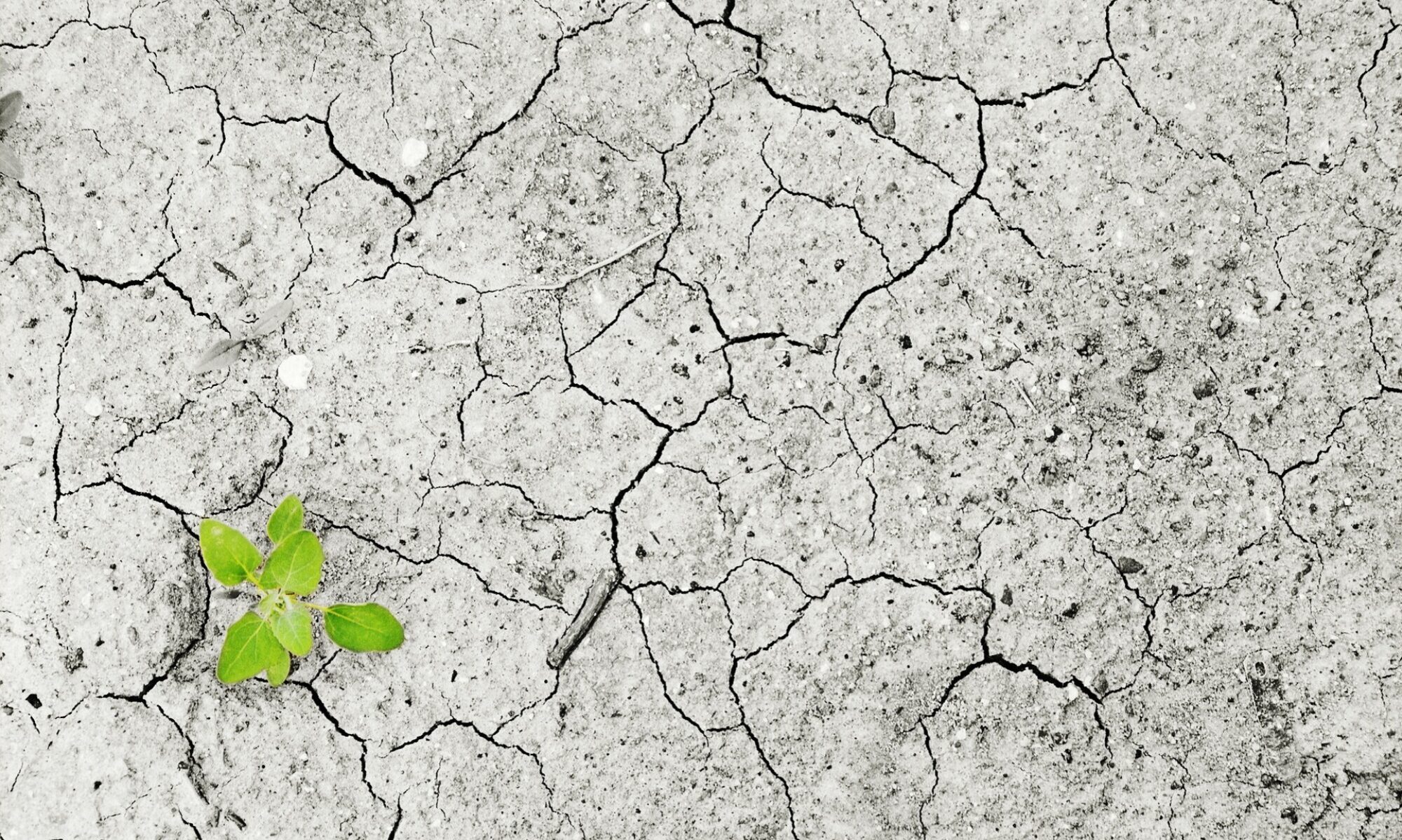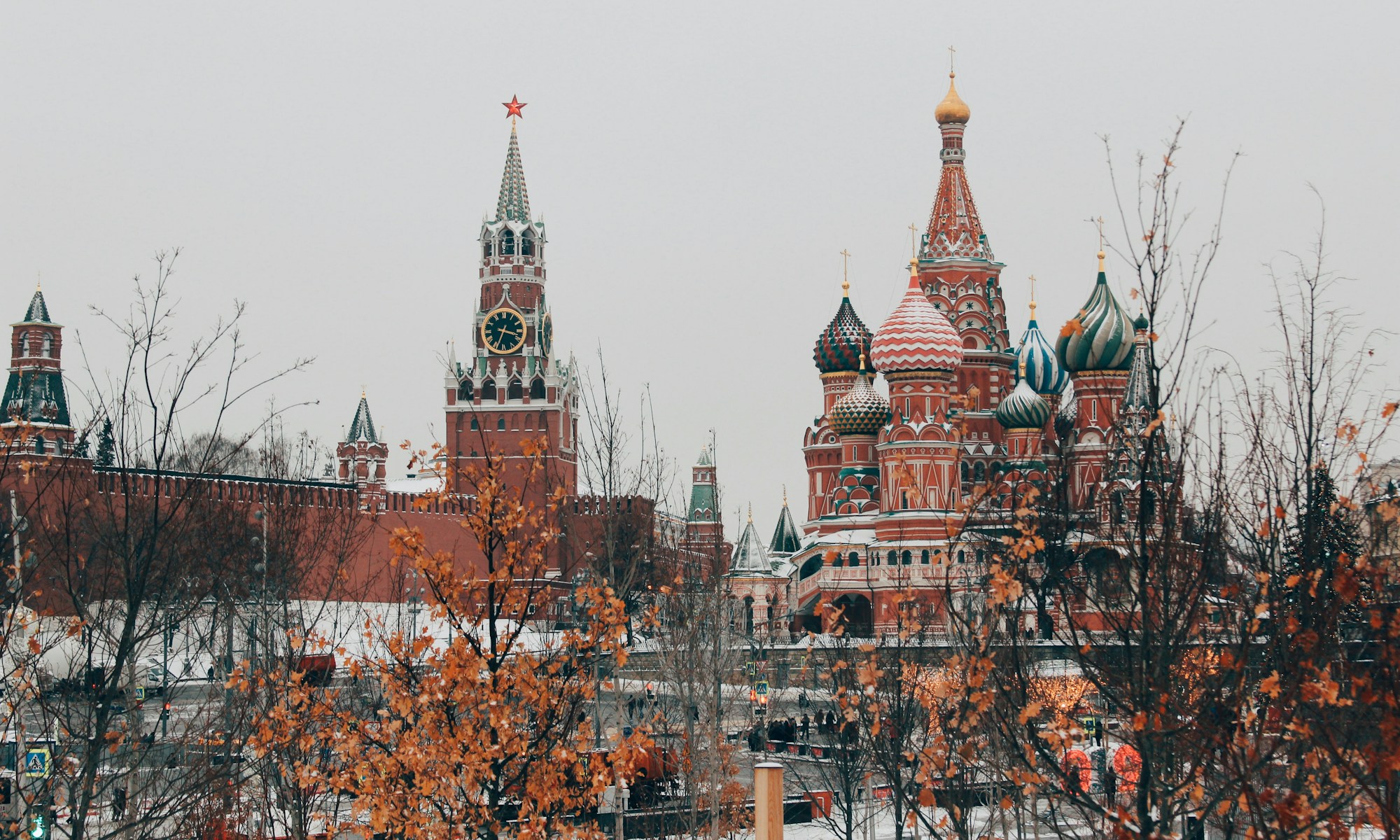26 August 2021 – by Rachel Aronoff
Rapid warming in regions across Russia has left millions in danger of displacement.
Climate scientists report that Russia is warming at 2.5 times the global average.1 Throughout 2020, Siberia experienced abnormally high temperatures and record breaking heat waves that peaked at 100º fahrenheit, (38º celsius).2 During the winter, temperatures were 50-59ºF (10-15ºC) above average.3 For reference, the median seasonal temperatures in this region tend to range from 60ºF (20ºC) in the summer to -13ºF (-25ºC) in the winter, with record lows reaching -90ºF (-67.8ºC) in northeastern areas of Russia.4
Siberia’s record high (100ºF) and low (-90ºF) display a temperature difference of 190ºF (87ºC). This spread exceeds some of the largest temperature deviations on earth.5
Frequent and intense variations in the country’s seasonality have exacerbated extreme temperature anomalies. These changes act as a catalyst for environmental disaster, feuling massive wildfires, torrential flooding, and melting of permafrost.
A vast majority of Siberian fires are burning above carbon-abundant peatlands and frozen soil that overlie actively thawing permafrost. These conditions have destabilized both rural and urban regions of Russia, resulting in increased damage to pipelines and the collapse of infrastructure. A report released from the Krasnoyarsk territory wrote that 60% of all structures in the closed city of Norilsk are deformed due to permafrost loss, adding to the displacement of its dense population.6
Research reveals that Siberian forest fires have caused a surge in carbon emissions by nearly one-third (395 megatonnes in 2020), in comparison to 208 megatonnes in 2019.7
An increase in tundra fires has also given rise to a fairly new phenomenon known as ‘zombie’ fires. These burns stem from summertime wildfires that survive throughout the depths of winter, brewing beneath the snow packed surface. They remain insulated by highly flammable, carbon-rich vegetation that smolders and reignites as the ground defrosts.8
These fires have begun creeping further into northern spreads of Siberia, where peatland is plentiful. Peat fires emit 100 times more carbon than typical wildfires, and can be more difficult to extinguish.9 As fires continue to emerge in permafrost zones, the release of methane and other hydrocarbons will intensify global warming.
Scientists warn that the permafrost layer may disappear completely within the next three decades if current warming trends prevail.10 These changes are predicted to release 100s of billions of tons of Co2 into the atmosphere, which will compound climate-sensitive issues around the world.11
Widespread flooding in Siberia has also contributed to large-scale degradation and displacement. During the summer of 2019, flash floods inundated nearly 103 communities, leaving 33,000 people displaced and 2,165 in immediate need of medical assistance.12
Extreme variations in regional rainfall characteristics have amplified the frequency and magnitude of recent floods. In June of 2021, the Crimean City of Yalta declared a state of emergency after a cyclone hit the Black Sea Peninsula, lashing the region with intense rain. So far, the floods have submerged the city of Kerch and some surrounding districts, forcing more than 1,300 people to evacuate their homes.13
A pervasive concern is that the Kremlin will continue to neglect the ever-present manifestations of climate change. However, the impacts of environmental disaster and displacement may eventually make climate policy too difficult to deflect.
The future of Russia’s socioeconomic well-being rests on the implementation of a strong adaptation framework. It will be crucial for nations to work in union against the adverse effects of anthropogenic warming in order to curtail climate collapse.

Rachel Aronoff recently graduated from UC Santa Barbara with a degree in English, and a specialization in Literature and the Environment. She is also certified in health and wellness coaching, personal training, and in the process of becoming a yoga instructor.
References
1 Nilsen, Thomas. (2015). Arctic Russia is warming 2.5 times faster than rest of the globe. The Barents Observer. Retrieved June 18, 2021. https://thebarentsobserver.com/ru/node/158
2 Erdman, Jonathan. (2020). 100-Degree Fahrenheit Temperature Confirmed in Siberia; 90s Measured at Russian Arctic Coast. The Weather Channel. Retrieved June 18, 2021.https://weather.com/news/climate/news/2020-07-02-russia-100-degree-heat-record-confirmed
3 Question More. (2020). Siberia prepares for abnormally warm winter weather after year of record-breaking heat. RT Question More. Retrieved June 18, 2021. https://www.rt.com/russia/506198-siberia-abnormally-warm-winter/
4 Erdman, Jonathan. (2020)
5 Erdman, Jonathan. (2020)
6 Federal AIF. (2016). An attack on permafrost. Emergencies Ministry creates Arctic rescue centers. AIF. Retrieved June 18, 2021. https://aif.ru/society/safety/nastuplenie_na_vechnuyu_merzlotu_mchs_sozdayot_arkticheskie_spasatelnye_centry
7 Newsflash Reading. (2020). Copernicus reveals summer 2020’s Arctic wildfires set new emission records. Copernicus. Retrieved June 18, 2021. https://atmosphere.copernicus.eu/copernicus-reveals-summer-2020s-arctic-wildfires-set-new-emission-records
8 Freedman, Andrew. (2020). ‘Zombie fires’ are erupting in Alaska and likely Siberia, signaling severe Arctic fire season may lie ahead. The Washington Post. Retrieved June 18, 2021. https://www.washingtonpost.com/weather/2020/05/28/zombie-fires-burning-arctic-siberia/
9 Simon, Matt. (2021). Underground “zombie” peat fires release 100 times the carbon of wildfires. The Bulletin. Retrieved June 18, 2021. https://thebulletin.org/2021/03/underground-zombie-peat-fires-release-100-times-the-carbon-of-wildfires/
10 Conley, Heather and Newlin, Cyrus. (2021). Climate Change Will Reshape Russia. Center For Strategic and International Studies. Retrieved June 18, 2021.https://www.csis.org/analysis/climate-change-will-reshape-russia
11 Technical Summary. (n.d) SPECIAL REPORT: SPECIAL REPORT ON THE OCEAN AND CRYOSPHERE IN A CHANGING CLIMATE. IPCC. Retrieved June 18, 2021. https://www.ipcc.ch/srocc/chapter/technical-summary/
12 News. (2019). Over 400 people injured by East Siberia floods. Russian News Agency. Retrieved June 18, 2021. https://tass.com/emergencies/1067371
13 Davies, Richard. (2021). Crimea – Over 1,300 Evacuated After Severe Flooding. Floodlist. Retrieved June 18, 2021. http://floodlist.com/europe/crimea-floods-june-2021



